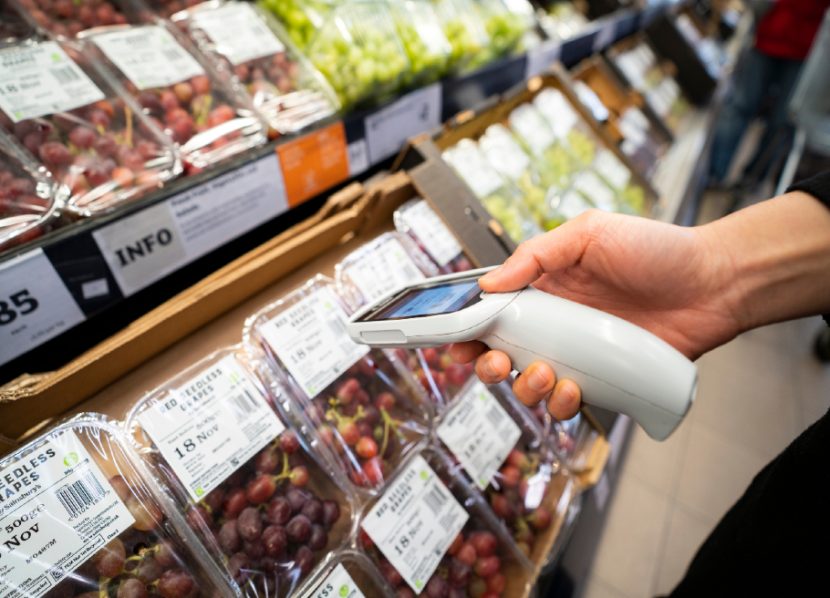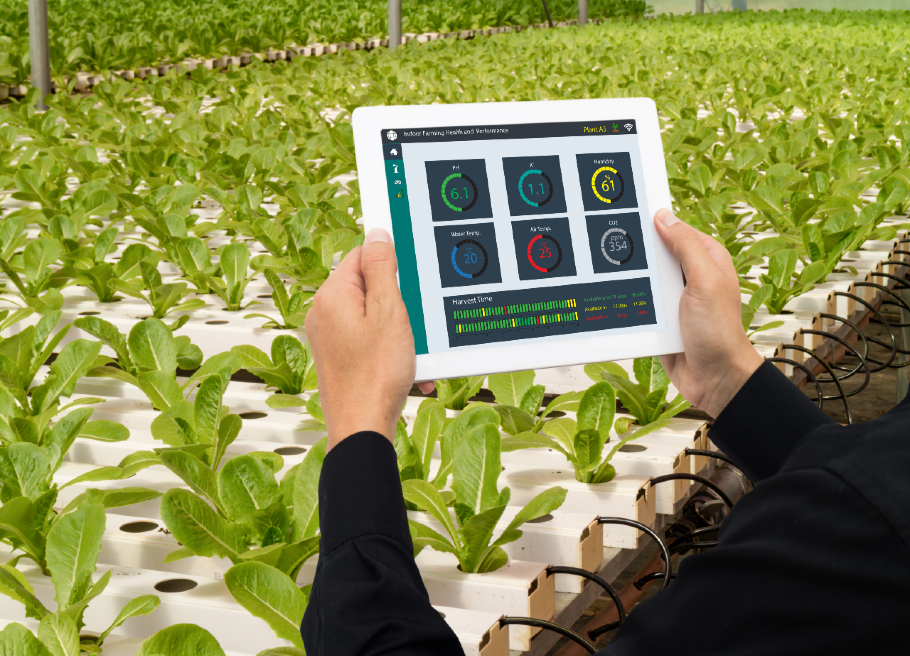Get Your Data Together to Better Manage High-Risk Foods
By Angela Fernandez
The U.S. Food and Drug Administration’s (FDA) final rule on requirements for on requirements for additional traceability records for certain foods (Final Rule), which was announced in November 2022, requires increased data collection and record keeping for companies producing or handling certain high-risk foods, including, salads, cheeses, fresh produce, eggs, and other ingredients on the FDA’s Food Traceability List (FTL). Companies have three years to build the data and infrastructure needed to meet the FDA’s compliance deadline of January 20, 2026. If your organization handles foods on the list, now is the time to start preparing.
New data requirements
The new, final rule implements Section 204(d) of the Food Safety Modernization Act (FSMA 204) and aims to reduce foodborne illness outbreaks by rapidly identifying and eliminating contaminated products from the supply chain. It is focused on improving traceability for the food categories that are most commonly associated with outbreaks in the U.S.
Companies that produce and handle foods on the FDA’s “high-risk” list have an opportunity to lead the industry forward in establishing a much safer food supply – building consumer trust and even saving lives.
According to the rule, additional supply chain tracking and event details must be captured and maintained by companies who “manufacture, process, pack or hold” foods on the Food Traceability List. The rule requires these entities to record Key Data Elements (KDEs) associated with different Critical Tracking Events (CTEs) in the supply chain, using a standard format for sharing with supply chain partners and the FDA. Trading partners must maintain the data for two years and provide it to the FDA within 24 hours upon request (or an alternative agreed-on time) so that investigators can determine the next steps, such as the withdrawal or recall of affected products, as quickly and accurately as possible.
While spreadsheets can be used to comply, the FDA encourages adoption of digital technology to streamline and standardize supply chain data for more rapid and accurate data exchange. Interoperability is essential, so every entity handling the Food Traceability List (FTL) foods must be able to maintain and exchange the necessary data in a way that partners can understand and update in order to allow full traceability.
Building the data and infrastructure to meet FSMA 204 requirements will take some time. It may be a heavier lift for smaller organizations that are less technologically advanced or integrated, and all supply chain partners will need to coordinate and harmonize their data systems.
Data standards support interoperability and compliance
GS1 Standards can play a crucial role in fulfilling the recordkeeping mandates set by FSMA 204. These standards, including product identification, location identification, automated data exchange, and transactional data sharing, are already being implemented to support traceability and supply chain efficiency across industries. Specifically in:
Product identification. A GS1 Global Trade Item Number (GTIN) is a globally unique product identifier that can be embedded in a barcode. To satisfy Traceability Rule requirements, each Food Traceability List (FTL) product can have its own unique identifier (GTIN) that can be captured at every stop along the way from the producer to the retailer or restaurant.
Location identification. GS1 Global Location Numbers (GLNs) identify locations and parties such as a farm or field, a packing house, manufacturing plant, a wholesaler, a loading dock, a grocery store, restaurant and more. Location identifiers are crucial for tracking product movement through the supply chain.
Automated data exchange. The GS1 Global Data Synchronization Network™ (GDSN™) is a global network that allows trading partners to share trusted product master data for increased visibility.
Transactional data sharing. EPCIS (Electronic Product Code Information Services) records the details surrounding transaction events such as shipping or receiving to maintain a complete product history along the entire supply chain.
GS1 US® has published a new guideline, “Application of GS1 System of Standards to Support FSMA 204,” to help the food industry leverage GS1 Standards to help address the new rule requirements. The guideline, created by industry members of the GS1 US Foodservice and Retail Grocery Working Groups, defines best practices for product and location identification, structured product descriptions, and the recording of common industry-defined events to support the additional traceability requirements.
Raising the standard for food safety
In case of a product withdrawal or recall, prompt communication is crucial in the food supply chain. The standardization of product, location, and other supply chain data in a common language enables real-time communication among companies, reducing the risk of errors and ensuring an efficient response to the FDA’s 24-hour request for information. Without data standards, valuable time is wasted in reconciling records, increasing the likelihood of mistakes and hindering the ability to meet the FDA’s response deadline.
Companies that produce and handle foods on the FDA’s “high-risk” list have an opportunity to lead the industry forward in establishing a much safer food supply – building consumer trust and even saving lives. Assembling standards-based data and technological capabilities will help streamline and automate this effort.
The FDA’s Traceability Rule for food safety marks a turning point in the industry, offering the potential for full, end-to-end traceability through increased data sharing. While the rule is currently restricted to the identified Food Traceability List (FTL) foods, widespread adoption across other food categories could amplify its benefits, ultimately benefiting the consumer with stronger measures in place to ensure food safety.
To learn more about enabling traceability for food safety for traceability by downloading this guideline.
About the author:
Angela Fernandez is the Vice President of Community Engagement at GS1 US and is responsible for driving broader adoption of GS1 Standards, the most widely used supply chain standards in the world, to help industries achieve their goals for improved product traceability, product information transparency, and data quality.
Since joining GS1 US more than 15 years ago, Ms. Fernandez has collaborated with industry stakeholders—manufacturers, distributors, retailers, foodservice operators, healthcare providers, government agencies, trade associations and solution providers—to identify how the use of GS1 Standards can improve supply chain business processes and ecommerce operations as well as address regulatory requirements to deliver safe products to patients and consumers.

-
 FeaturedRisk management
The Cost of a Breach: What a Cyberattack Could Mean for Food Safety Recalls
FeaturedRisk management
The Cost of a Breach: What a Cyberattack Could Mean for Food Safety Recalls
-
 FeaturedRisk management
Securing the Food Chain: How ISO/IEC 27001 Strengthens Cybersecurity
FeaturedRisk management
Securing the Food Chain: How ISO/IEC 27001 Strengthens Cybersecurity
-
 FeaturedRisk management
Revolutionizing Food Safety Training: Breaking Out of the “Check-the-Box” Mentality
FeaturedRisk management
Revolutionizing Food Safety Training: Breaking Out of the “Check-the-Box” Mentality
-
 GFSI Standards
GFSI 2025: Building Trust, Tech-Forward Solutions, and Global Unity in Food Safety
GFSI Standards
GFSI 2025: Building Trust, Tech-Forward Solutions, and Global Unity in Food Safety
-
 FeaturedFood Safety
Integrated Pest Management: Strategies to Protect Your Brand’s Reputation
FeaturedFood Safety
Integrated Pest Management: Strategies to Protect Your Brand’s Reputation
-
 FeaturedFood Safety Culture & Training
No Open Door Policy: Challenges That Impact Pest Control in Food Processing Plants
FeaturedFood Safety Culture & Training
No Open Door Policy: Challenges That Impact Pest Control in Food Processing Plants




